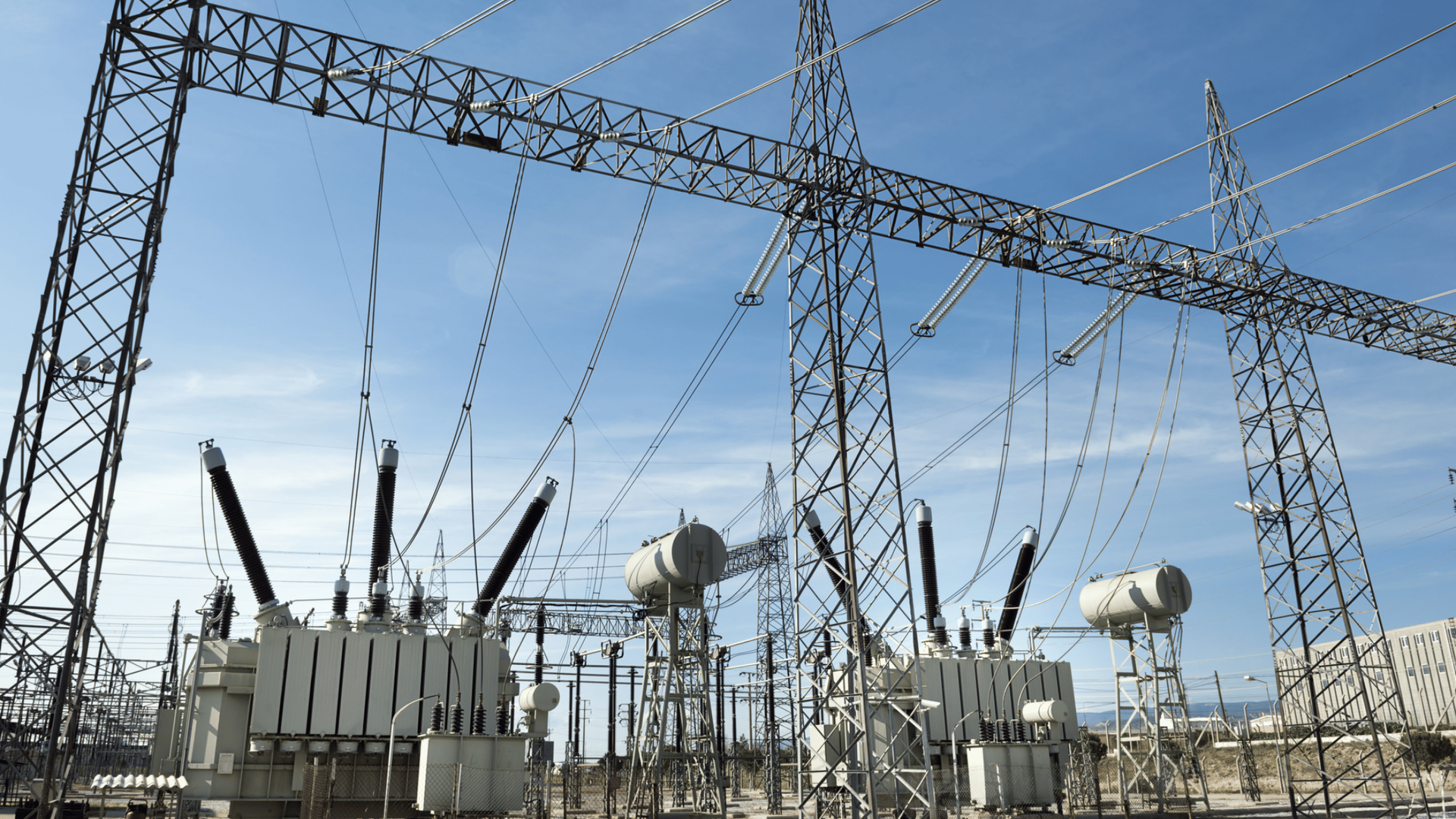
Transmission Substations (69 kV – 500 kV)
High-voltage systems engineered for bulk power transfer, N-1 reliability, and grid stability.
Safe, reliable, and future-ready substation solutions engineered for grid performance, automation, and compliance.
We provide specialized substation electrical engineering, protection & control, SCADA, and power system studies for utilities, renewable energy developers, EPCs, and industrial clients across the United States. Our services focus exclusively on electrical systems, digital substations, communications, and grid integration, ensuring technically sound designs that meet modern operational and cybersecurity expectations.
Our team delivers accurate, compliant, and review-ready substation design packages engineered for long-term reliability, secure operations, and seamless integration with utility and ISO control environments.

Utility-grade substation electrical, protection, automation, and power system engineering trusted by utilities, EPCs, and energy developers nationwide.

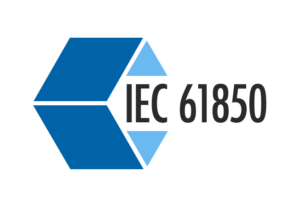






At Keentel Engineering, we take pride in being the go-to engineering firm for power and utility system planning, design, control, and analysis. Some of the many attributes of our company that set us apart are:
With three decades of hands-on project delivery, we bring unmatched expertise in substation layout, electrical and civil design, relay protection, and grid-tie solutions. We’ve successfully completed projects in complex terrains, urban retrofit scenarios, and renewable integrations.
Our engineering process uses AutoCAD 3D, BIM modeling, and system-level design thinking to ensure accurate planning, reduced errors, and strong communication across all stakeholders.
Our workflow includes 3D substation design, enabling clash-free coordination between structural, electrical, and civil disciplines.
From grounding grid studies to relay settings, we engineer every detail to improve reliability, performance, and safety. Our rigorous QA/QC process ensures compliance with IEEE, NFPA, and ISO/TSO interconnection standards.
Among top electrical substation design companies, Keentel stands out for 30+ years of proven high-voltage project delivery.
Let's Discuss How to Optimize Your Next Project
Modern substations must be engineered as integrated electrical and digital systems. Today’s grid demands reliability, compliance, cybersecurity, and seamless IBR integration.

Engineered for current demand, future expansion, N-1 contingencies, and renewable variability through rigorous system studies.

Coordinated protection and control schemes designed for selectivity, fast fault isolation, and system restoration.

Interoperable SCADA, IED, and communication architectures integrated with EMS and DMS platforms.
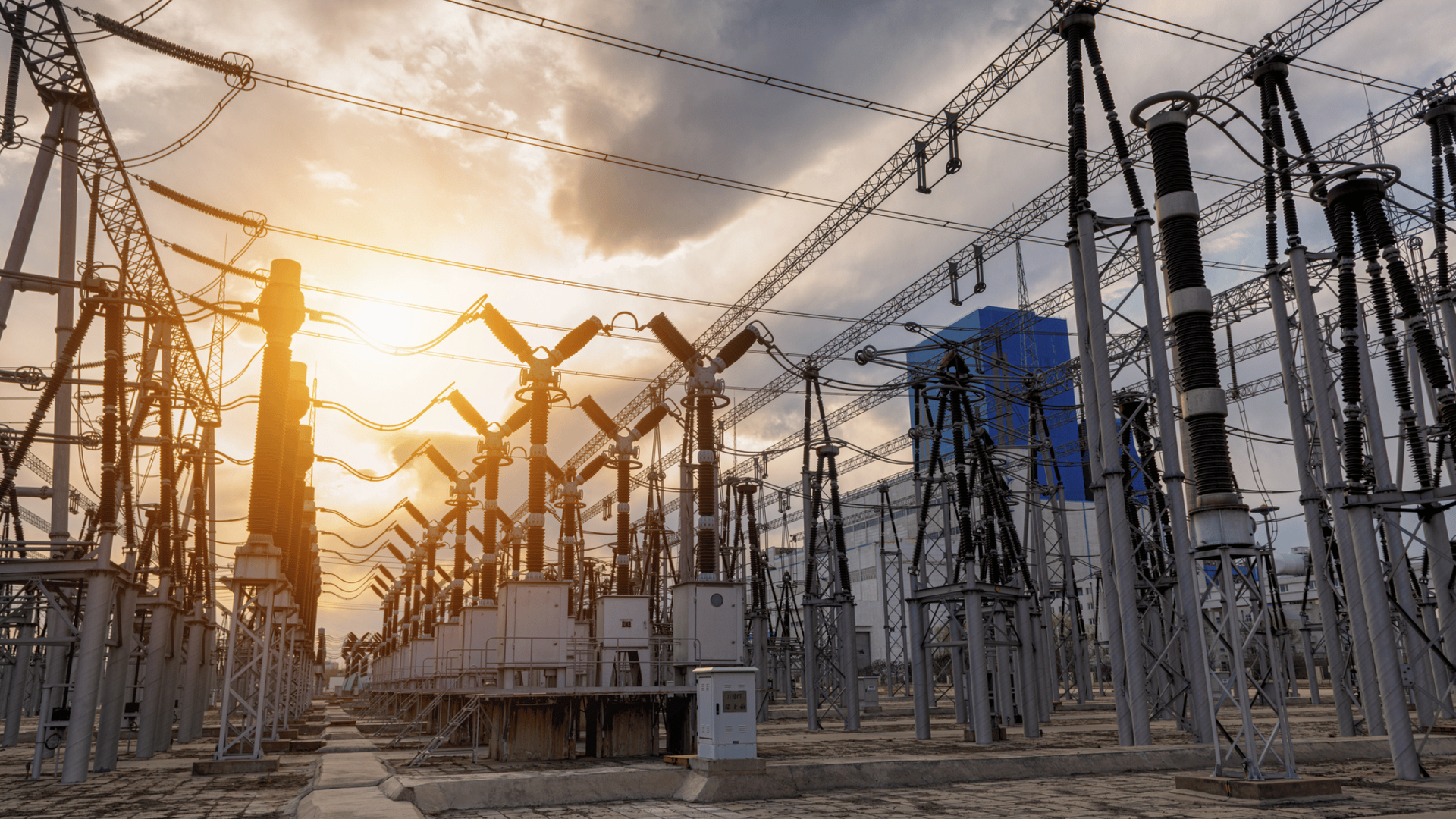
Designs aligned with NERC, IEEE, NEC, NESC, IEC 61850, and utility-specific standards.
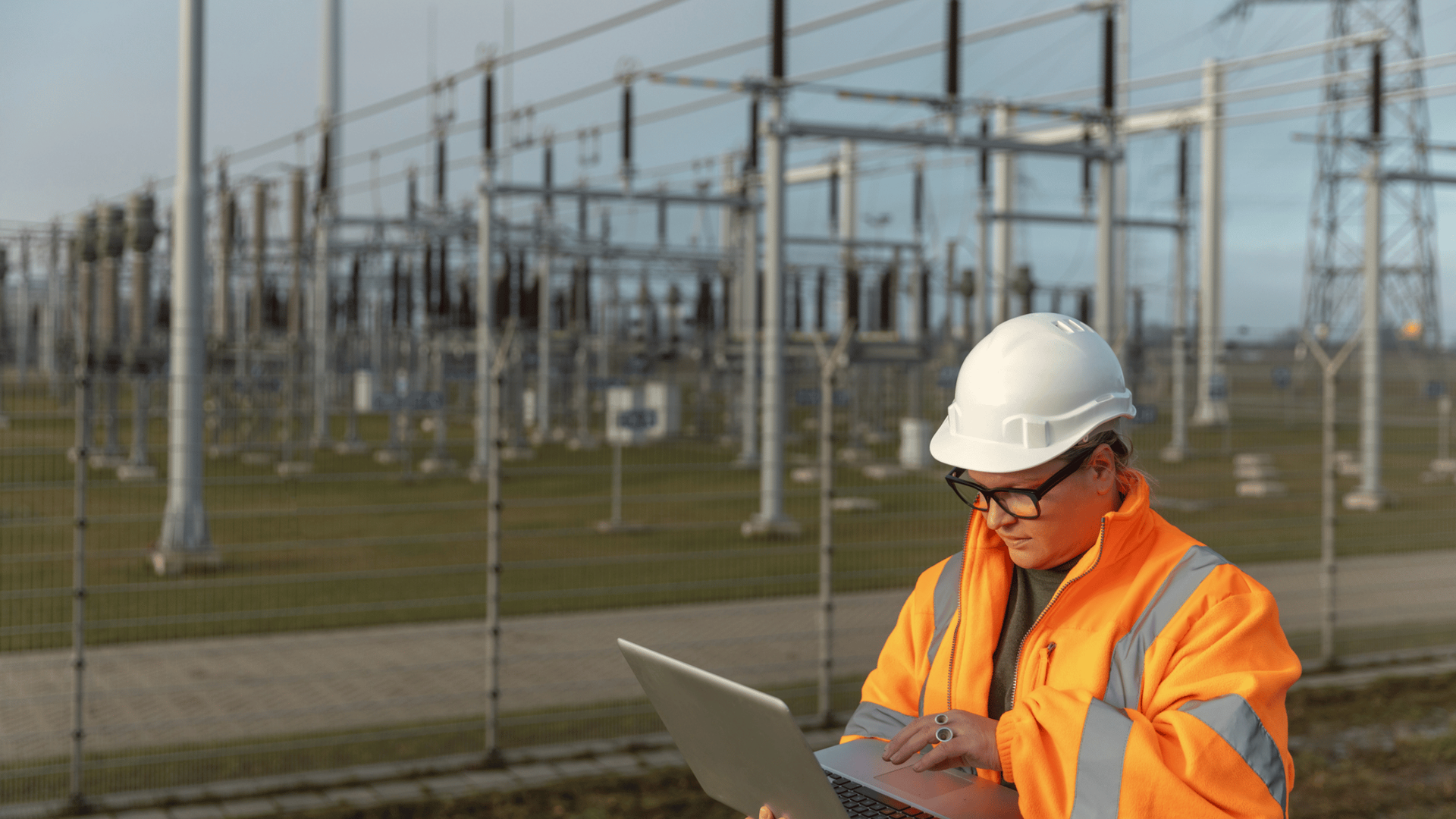
Fault-tolerant, redundant protection and communication designs addressing resilience and cybersecurity.

Specialized modeling, protection, and controls for solar, wind, and BESS interconnections.
Download our Substation Design Services flyer
Please click the Download button to get our Substation Design Services flyer
End-to-end substation electrical engineering, protection, SCADA, and power system studies—from feasibility through Issue-for-Construction (IFC) packages and commissioning support.
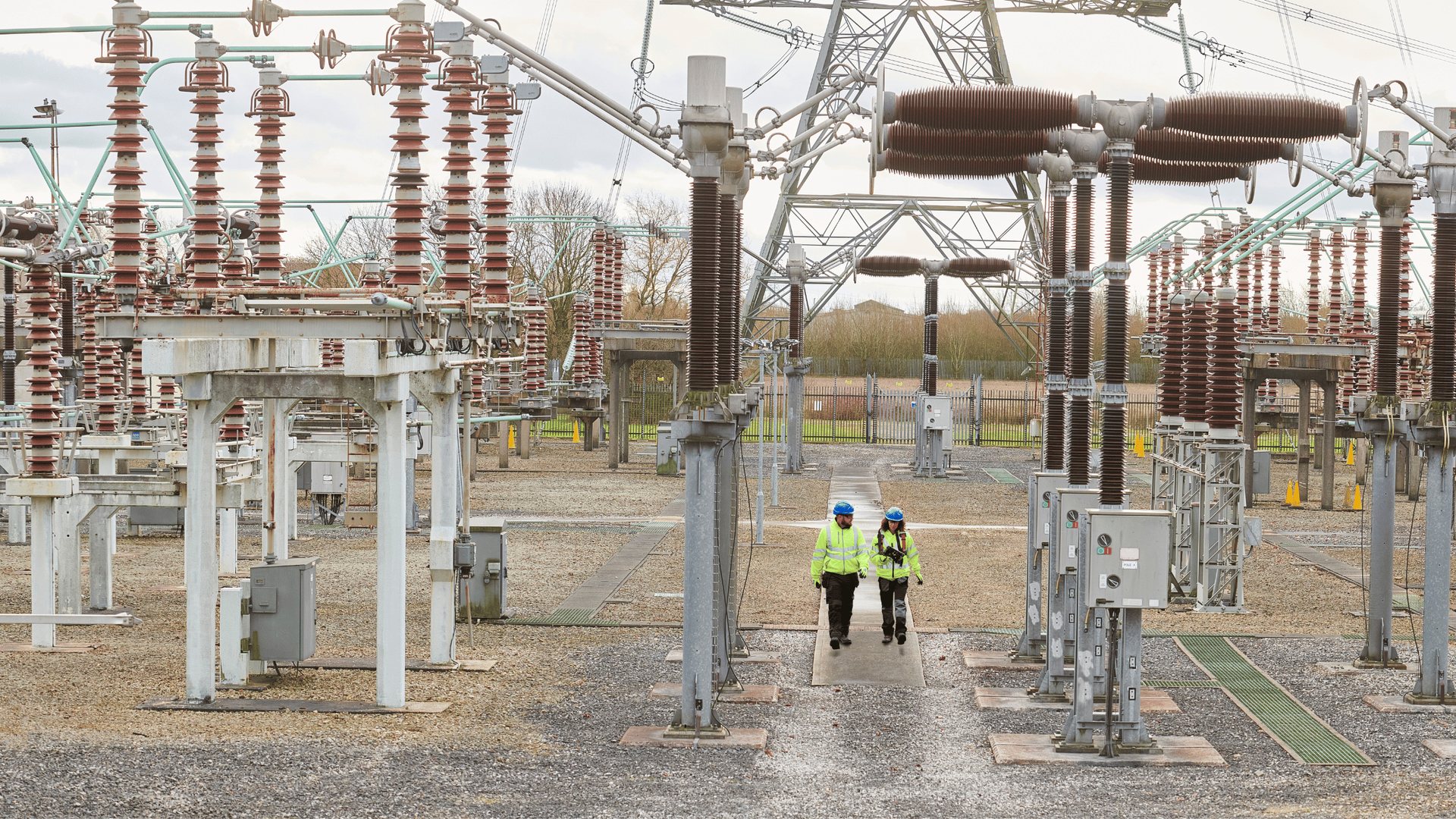
Conceptual configurations and preliminary studies supporting interconnection strategy, budgets, and risk reduction.
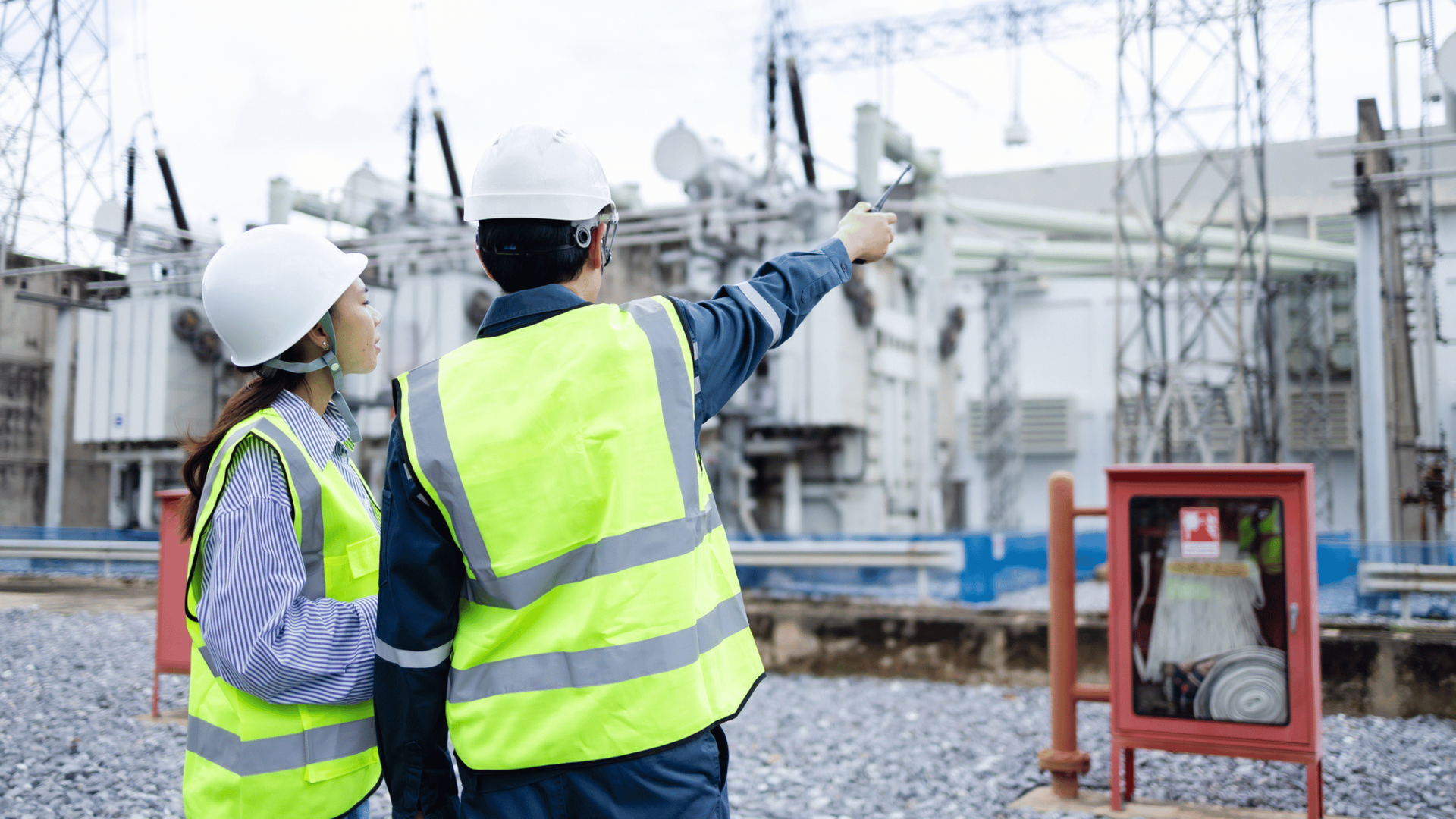
Primary, secondary, and auxiliary system design aligned with utility, ISO, and regulatory requirements.
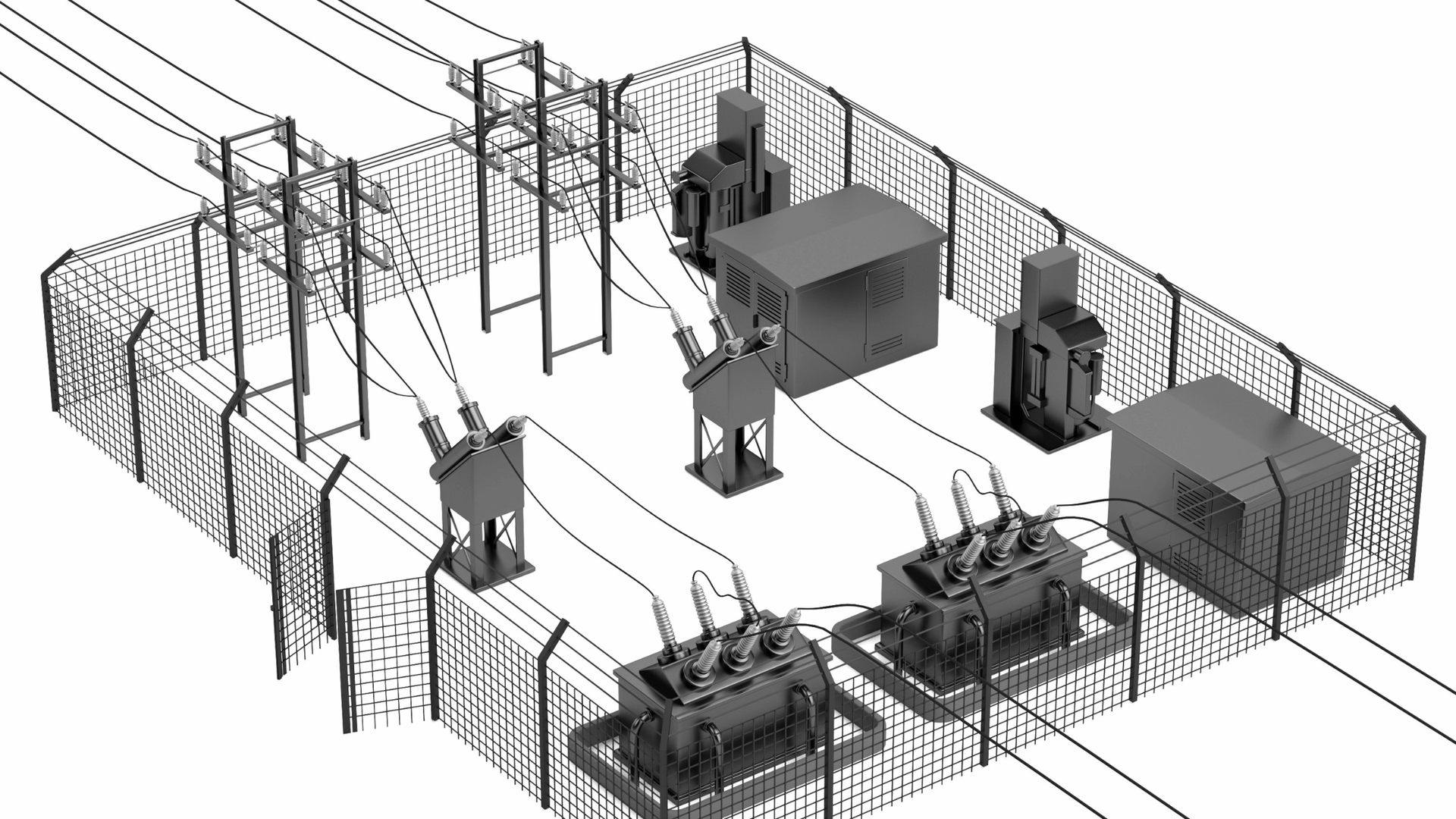
General arrangements, equipment clearances, control house layouts, and cable routing concepts.
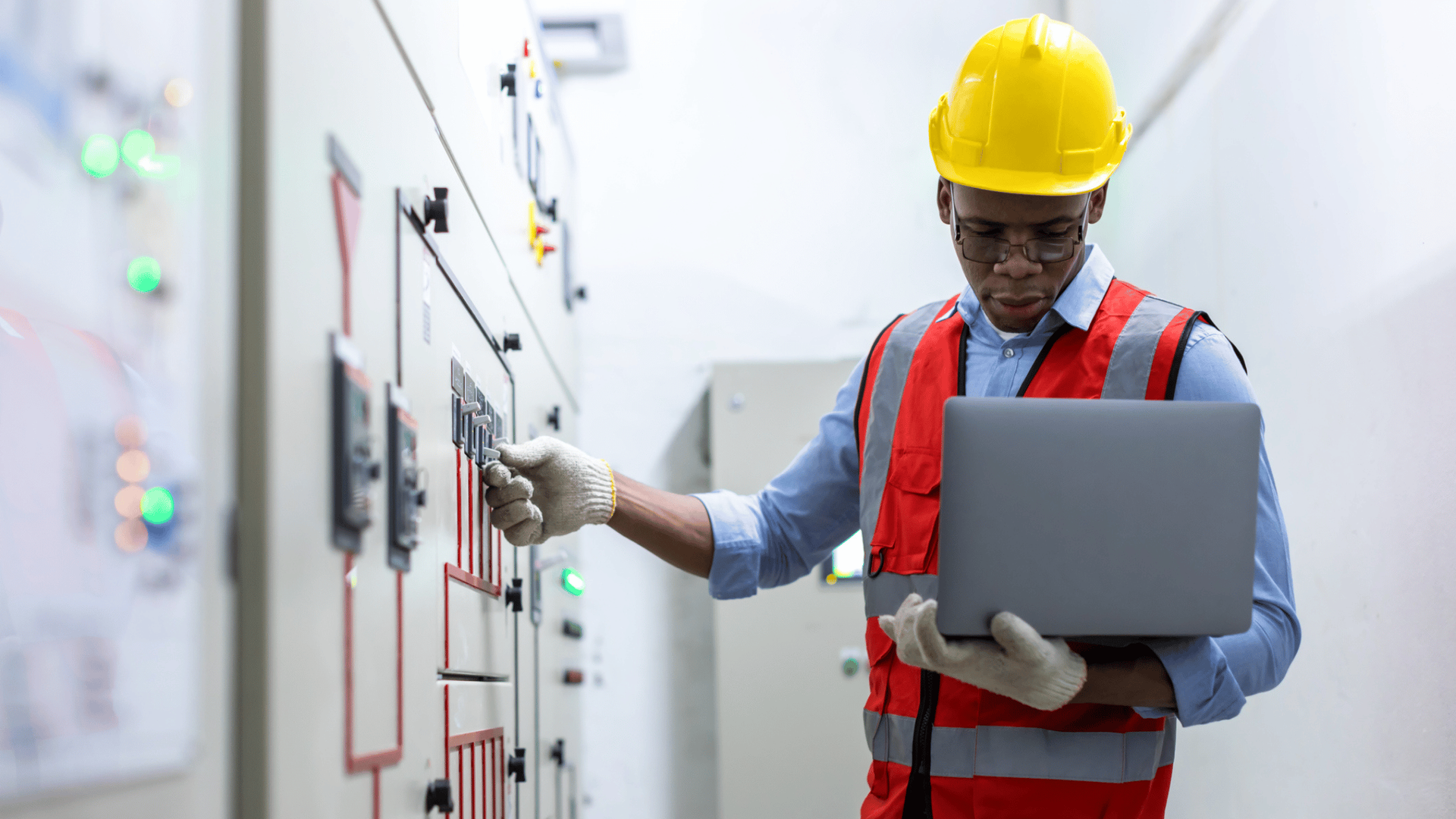
Load flow, short-circuit, grounding, arc-flash, protection coordination, and EMT studies.

Secure SCADA, IED, and communications architectures with EMS/DMS integration.
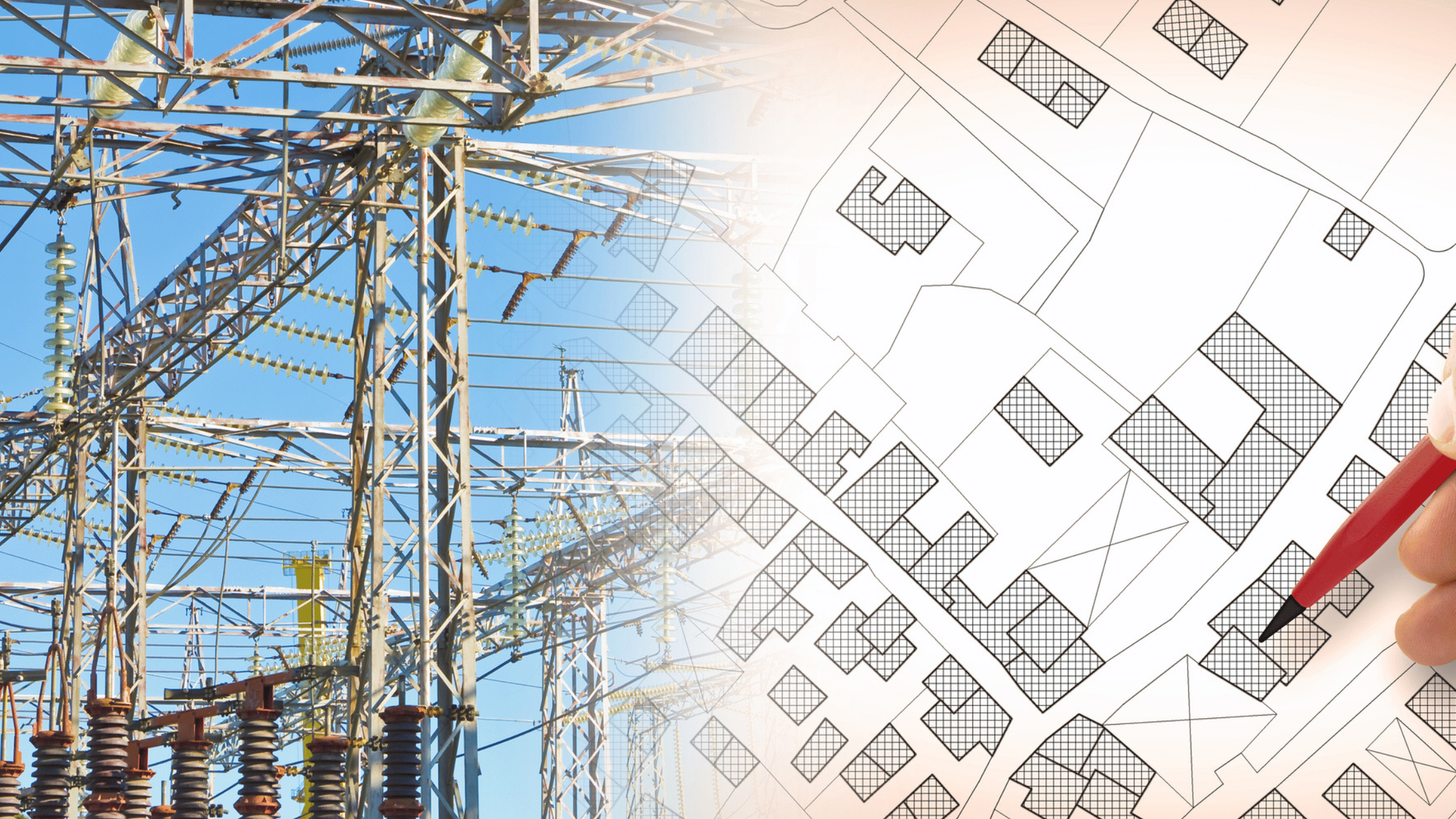
Construction-ready schematics, wiring diagrams, logic diagrams, and calculations.
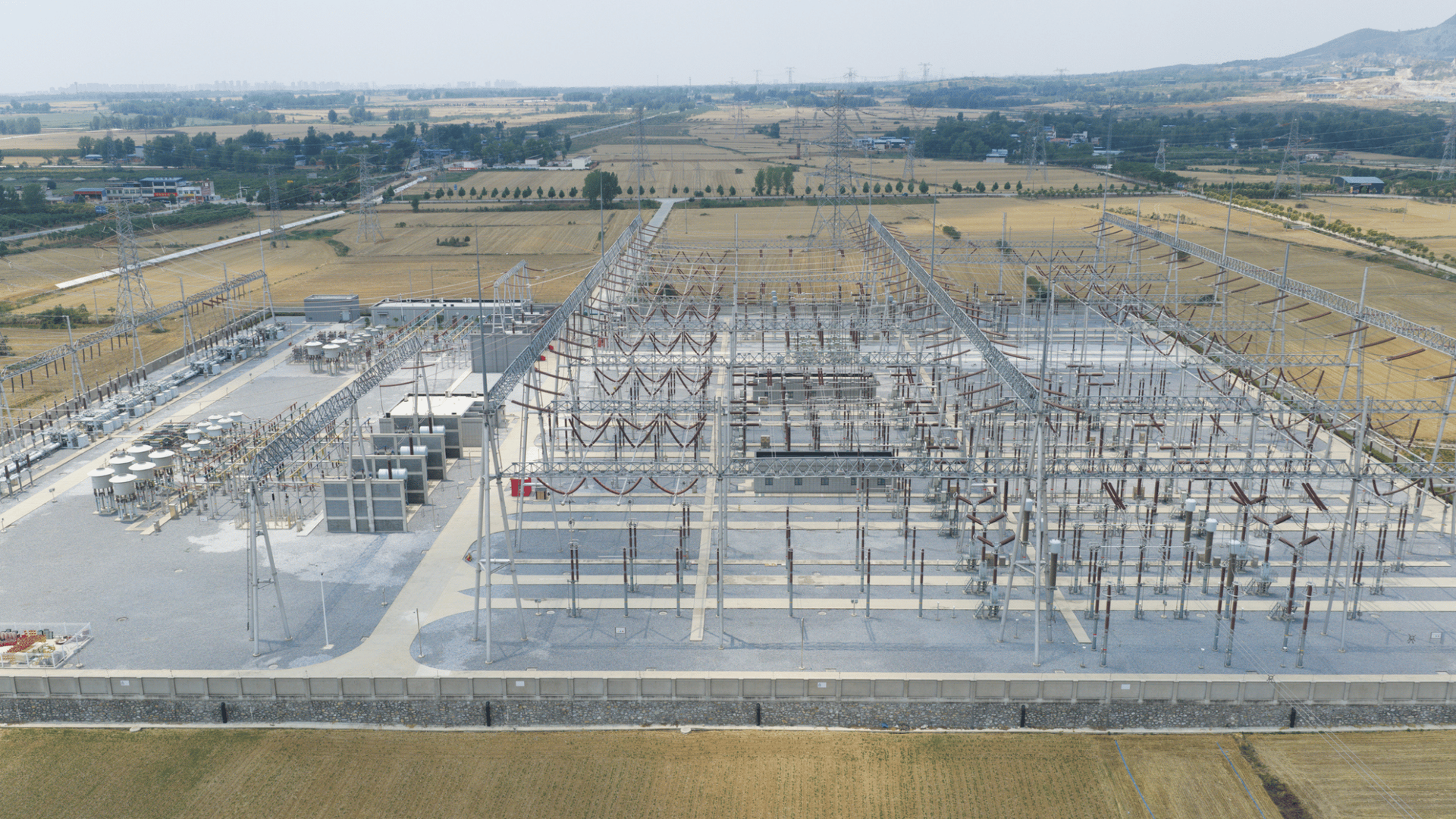
Equipment specifications, relay requirements, and BOMs supporting procurement.
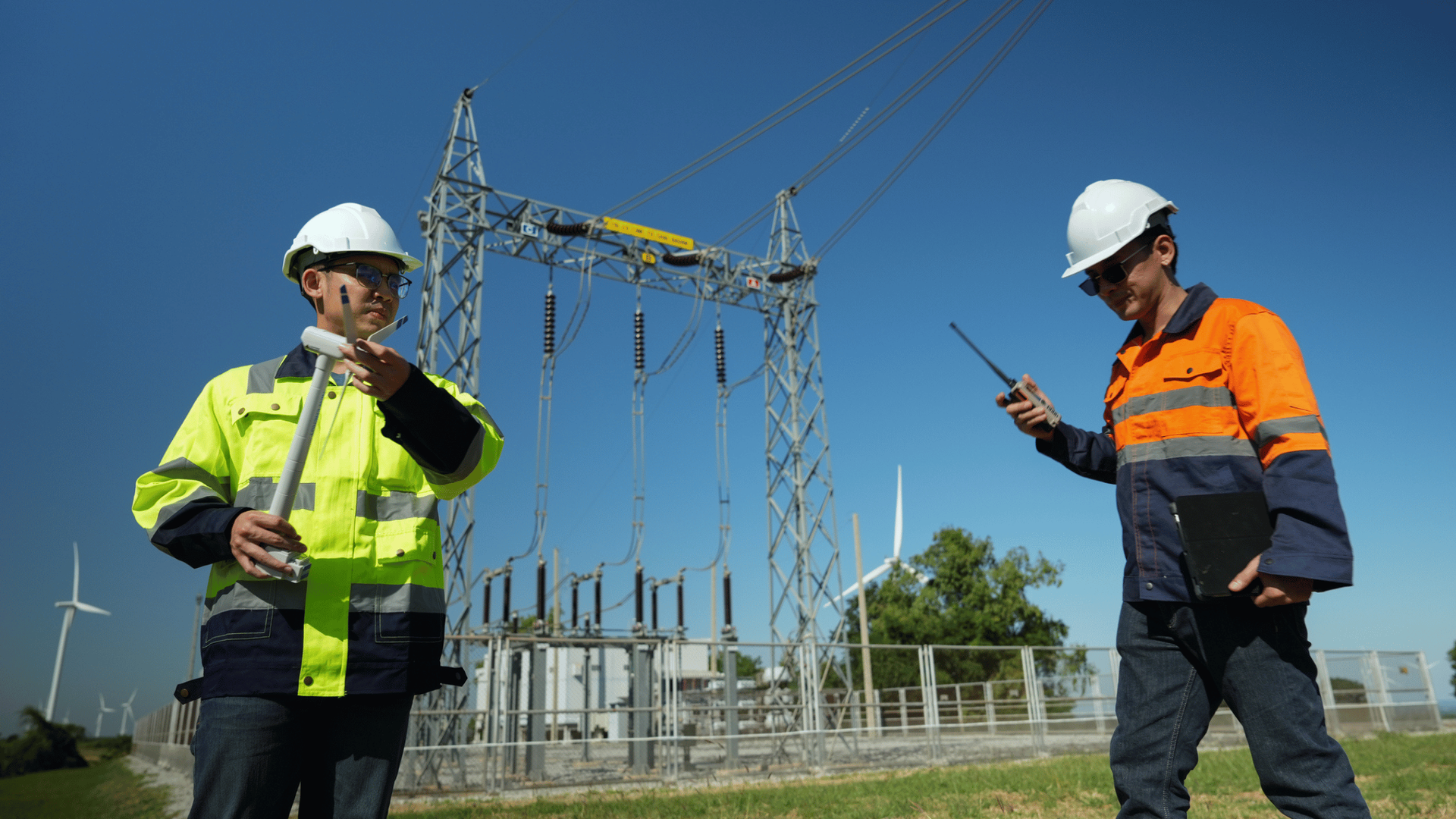
Independent reviews for IEEE, NEC, NESC, NERC PRC/MOD/FAC, IEC 61850, and utility standards.
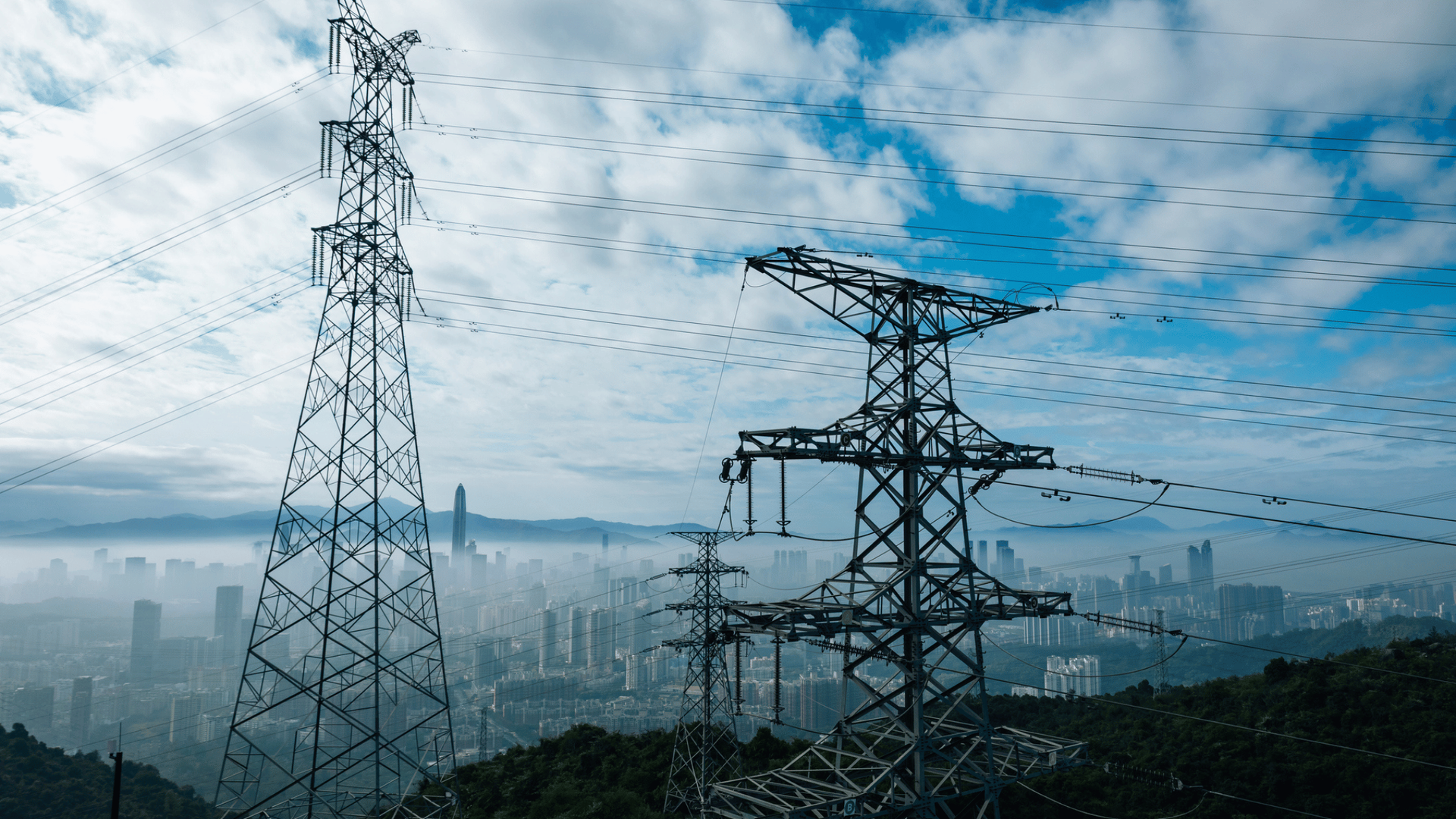
Complete, review-ready electrical and controls packages prepared for execution.
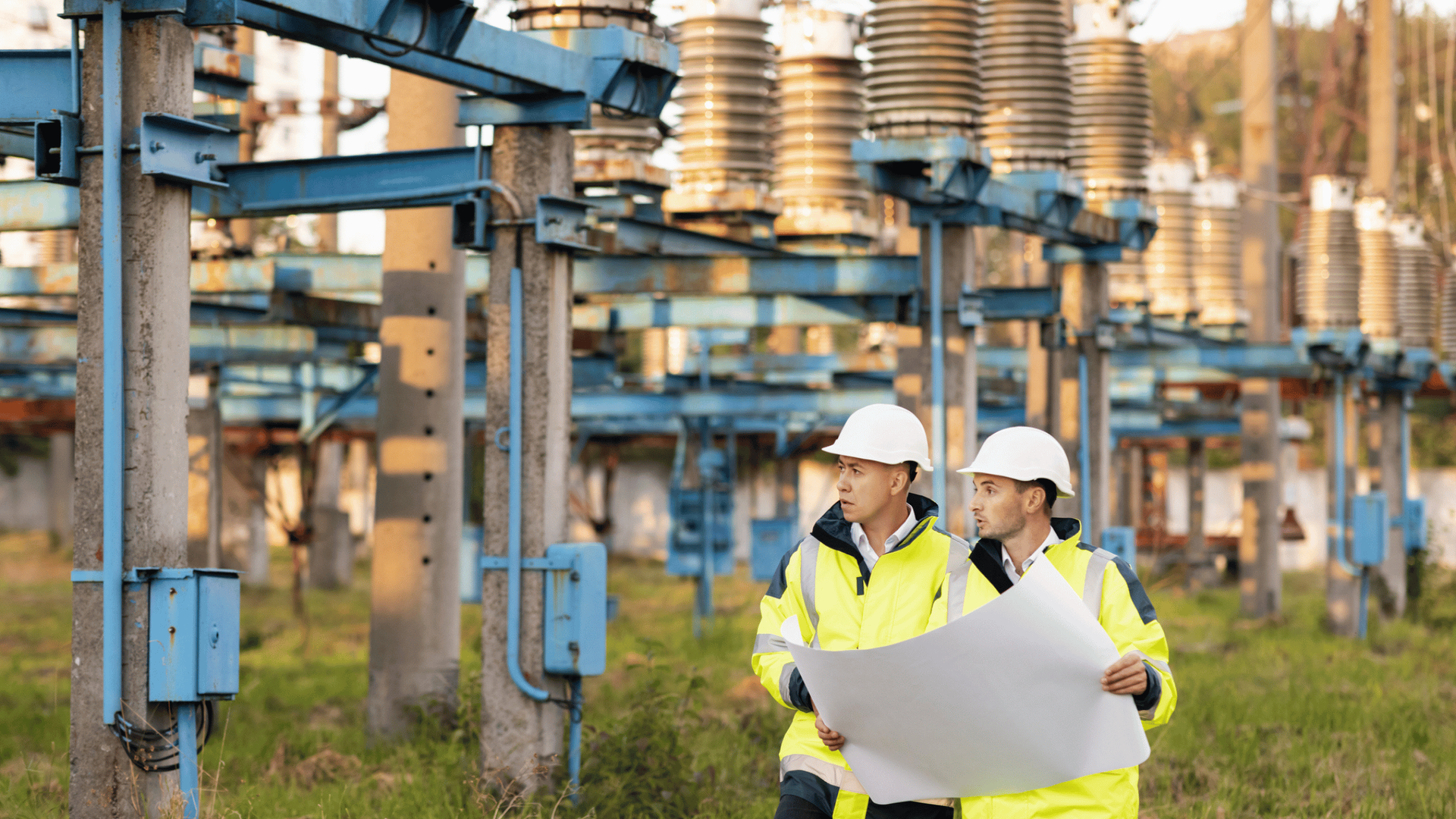
Engineering support through installation, testing, energization, SCADA cutover, and handover.
Utility-grade electrical, protection, SCADA, and power system engineering—designed for reliability, automation, and compliance.
We deliver specialized substation electrical engineering solutions that integrate power system performance, protection, automation, and secure communications. Our expertise combines deep technical analysis, regulatory alignment, and constructible, review-ready design practices trusted by utilities, EPCs, and energy developers.
Utility-grade substation electrical, protection, and automation designs across all voltage levels and applications. Each design is driven by power system studies, protection philosophy, and operational requirements to ensure long-term performance and compliance.

High-voltage systems engineered for bulk power transfer, N-1 reliability, and grid stability.
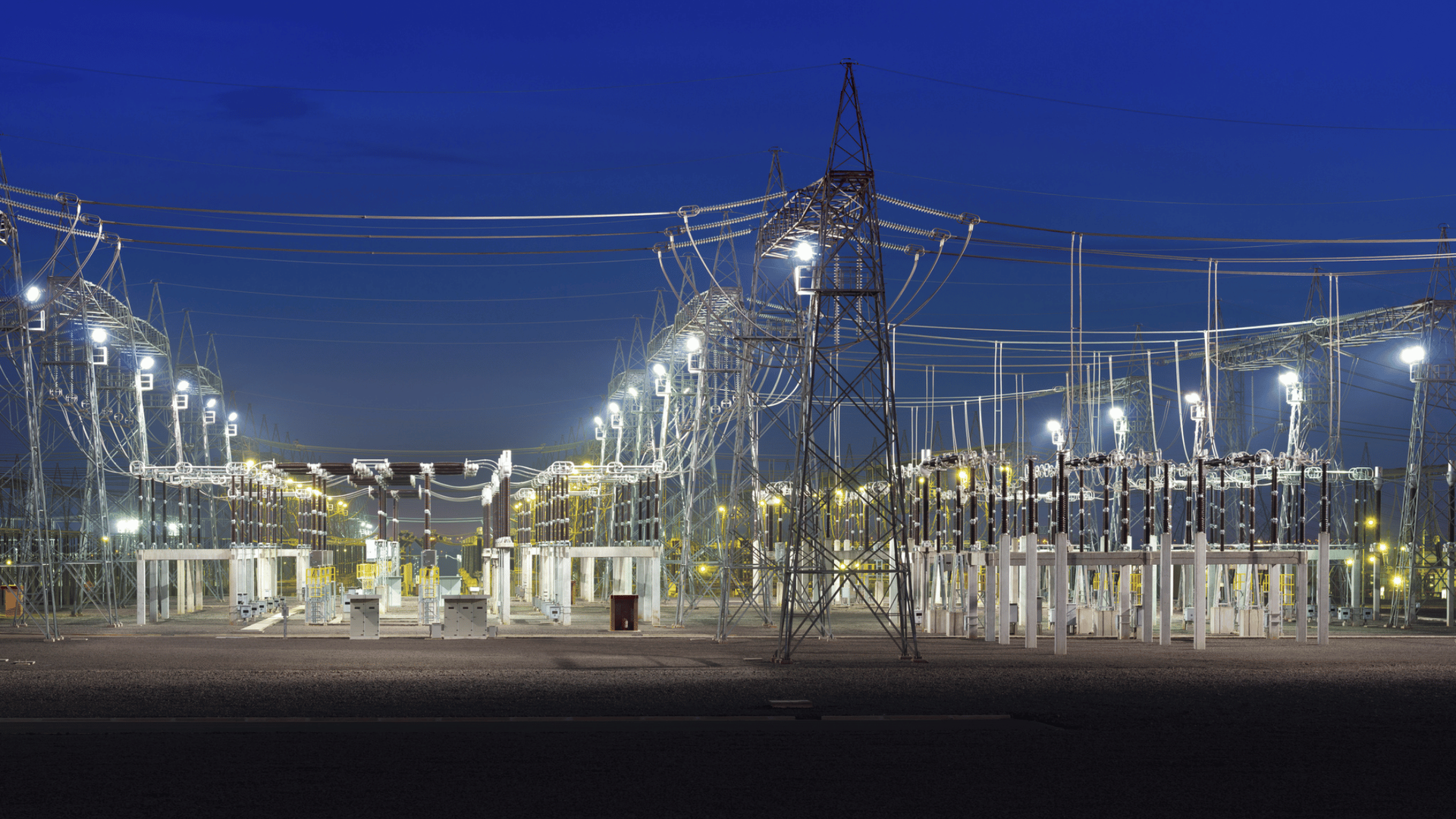
Medium-voltage substations supporting utility and municipal distribution networks.
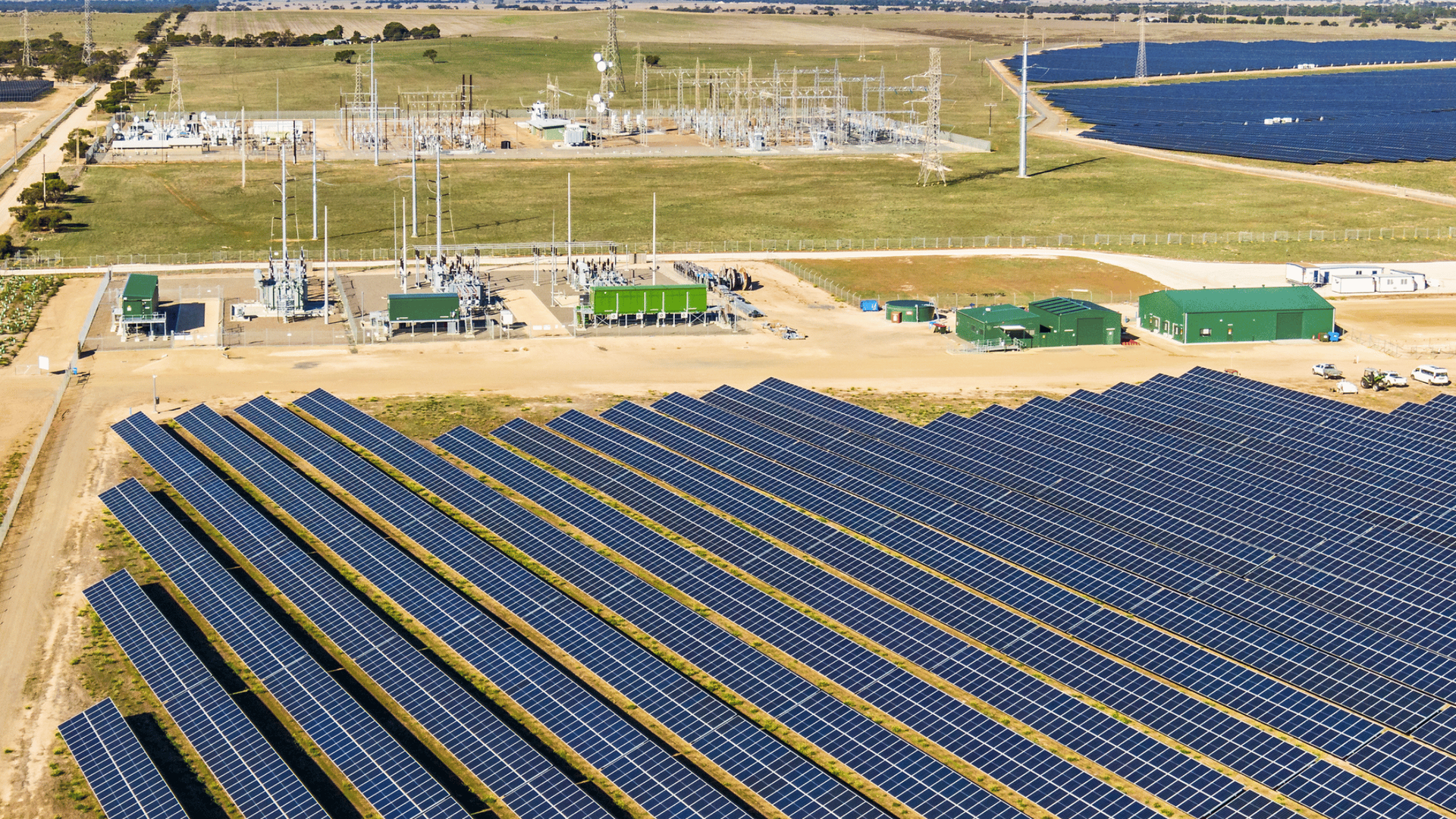
Optimized electrical and protection designs for inverter-based renewable resources.
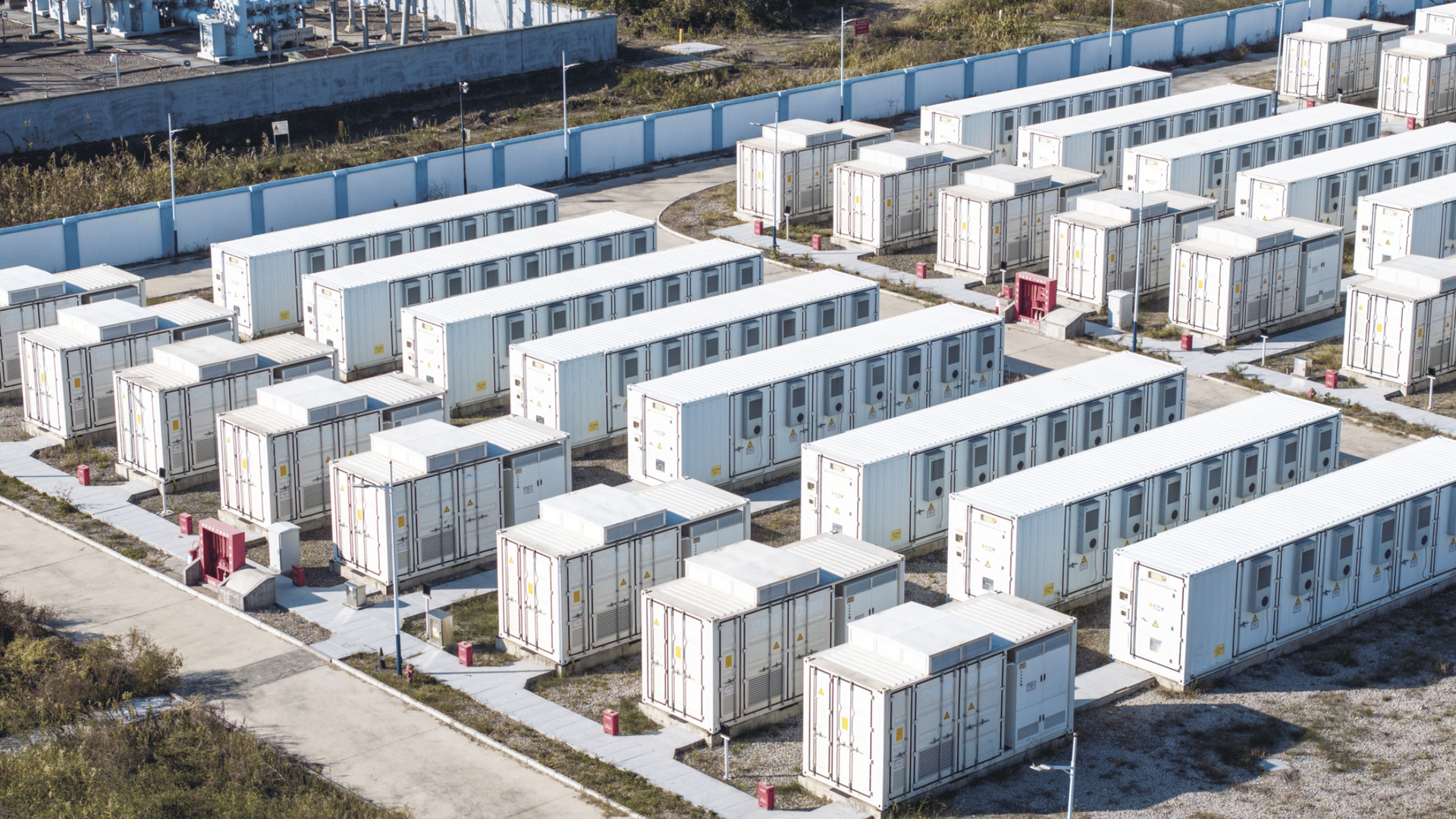
Substation designs supporting fast-response battery systems and advanced controls.

Reliable electrical and automation systems for data centers, plants, and campuses.
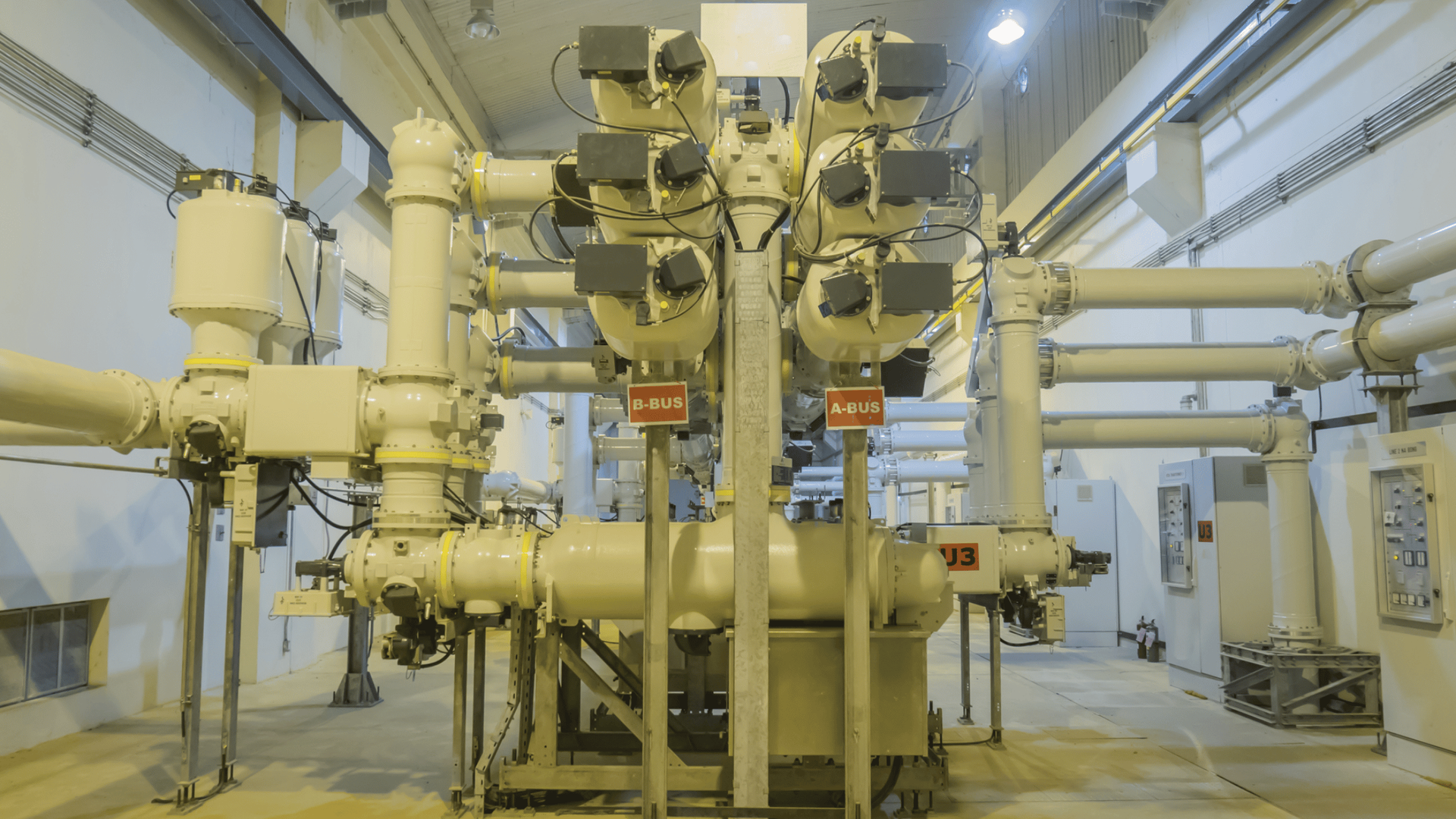
Compact GIS and traditional AIS designs engineered for operational flexibility.
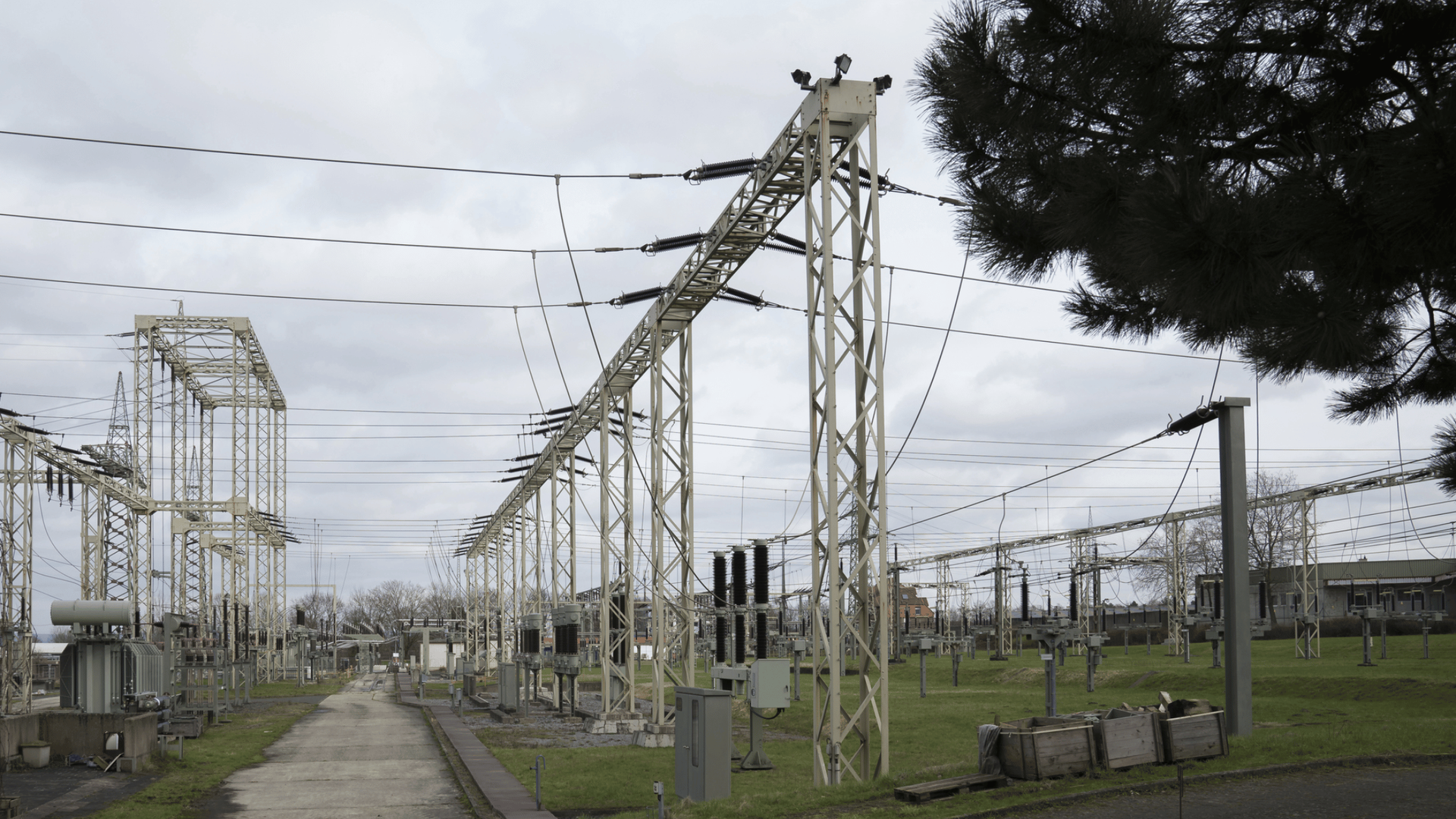
Electrically optimized designs for dense urban environments and tight sites.

Modernization and cutover designs minimizing outages and operational risk.
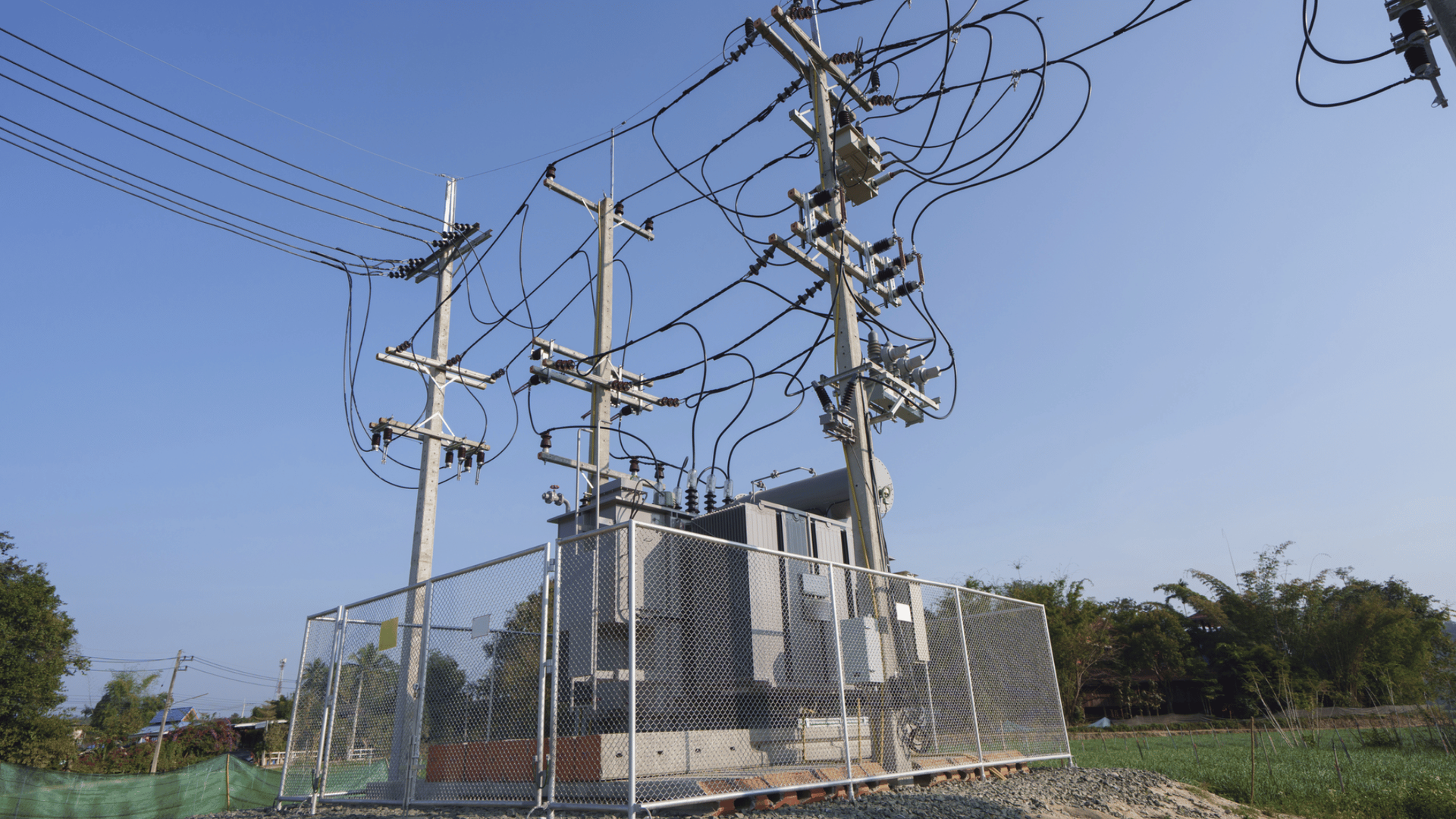
Rapid-deployment substations for emergency response and maintenance bypass.
A clear, step-by-step engineering workflow aligned with utility standards, constructability, and long-term operational reliability.
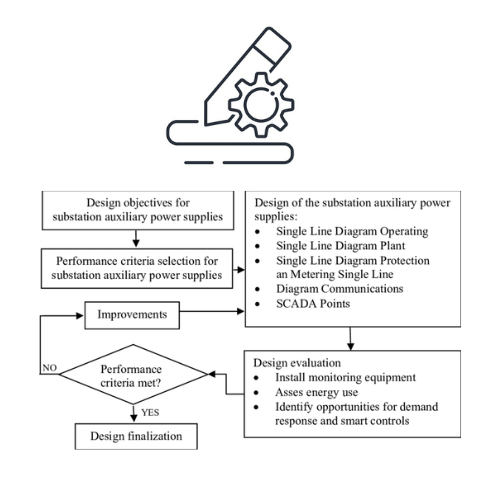
Load growth, voltage class, utility standards, permitting, and protection philosophy.

Geotechnical review, grounding constraints, access, EMF, and regulatory coordination.
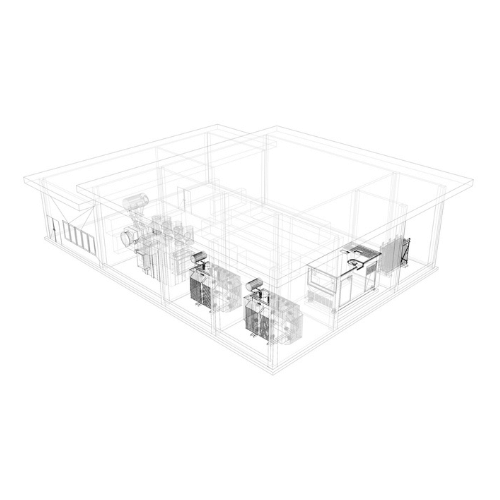
Layouts, bus schemes, telecom architecture, and early-stage modeling.

Electrical, civil, structural, grounding, and P&C integration.
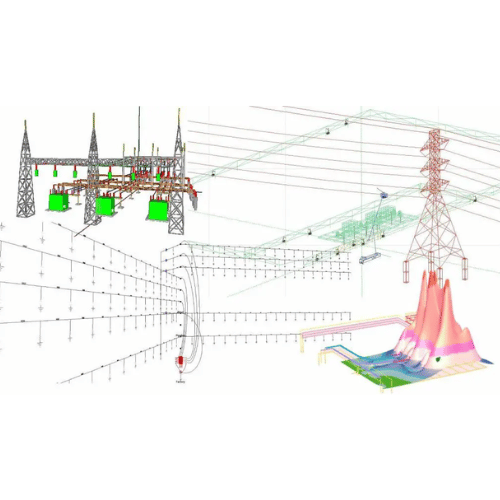
Construction-ready drawings, studies, and bill of materials.

Compliance checks, internal reviews, and cross-discipline validation.
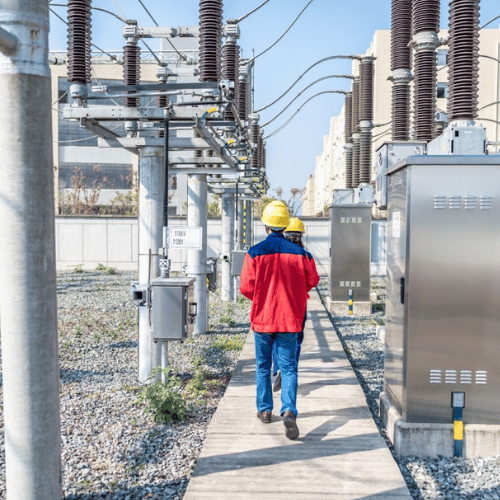
Utility submissions, authority coordination, and final approvals.
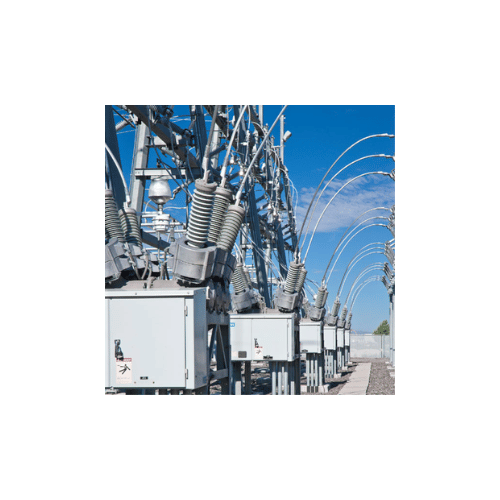
RFIs, field engineering, relay support, and commissioning coordination.
Our engineering approach combines deep technical knowledge, regulatory alignment, and constructible delivery — ensuring safer operations and predictable construction outcomes.
Delivered substation projects across utilities, voltage classes, and ISO/RTO regions with consistent, repeatable results.
Deliverables aligned to utility templates and compliance requirements to reduce review cycles.
Digital workflows and model-based coordination reduce errors and shorten schedules.
IBR modeling, EMT studies, and inverter-specific protection strategies embedded in our designs.
Constructible packages and pre-construction reviews minimize rework and delays.
Licensed engineers across ERCOT, PJM, CAISO, MISO, NYISO, SPP, and municipal utilities.
We partner with stakeholders across the power sector and critical infrastructure to deliver substation designs that align with regulatory, operational, and commercial objectives.
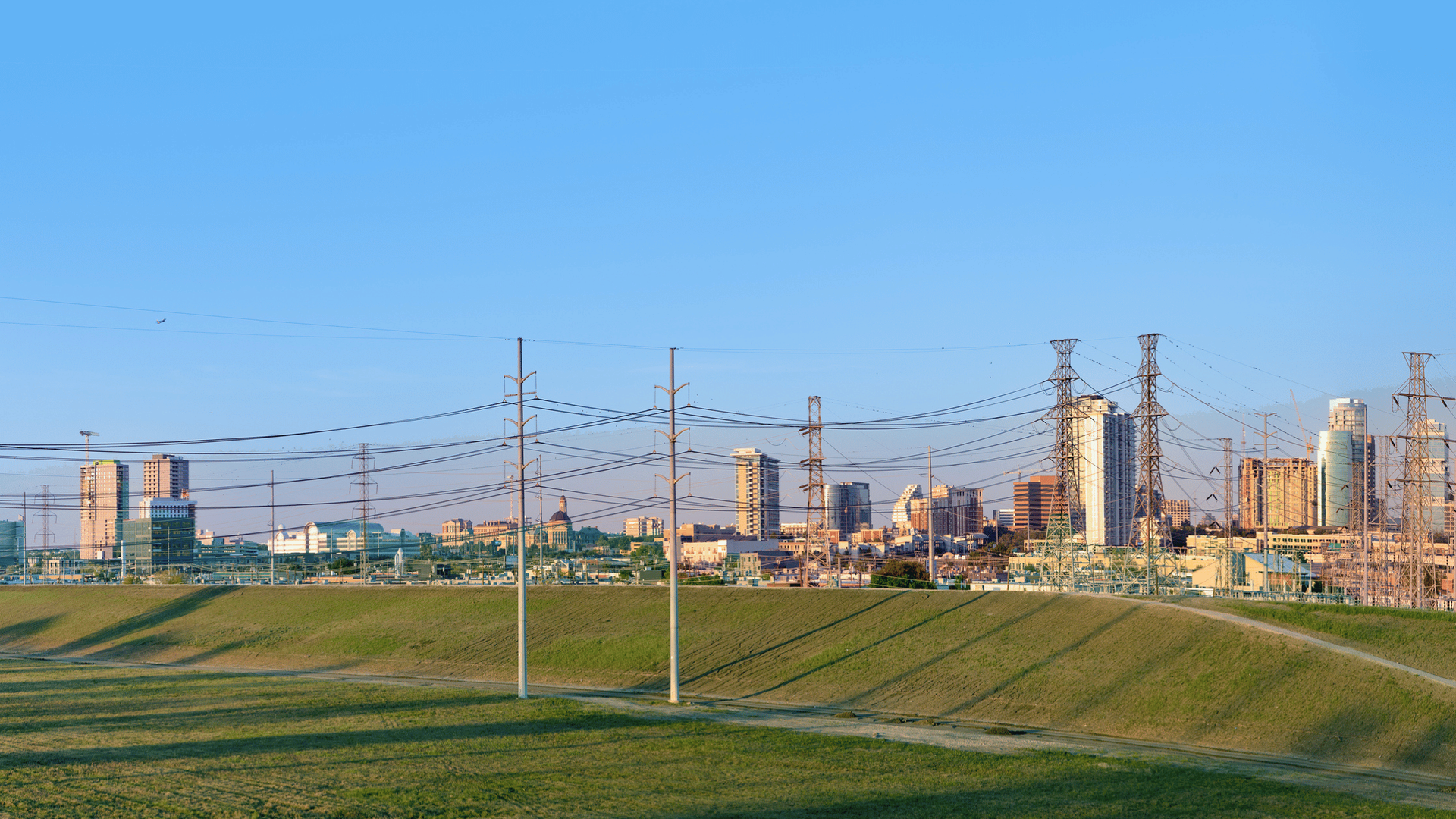
Transmission and distribution substations designed to meet utility standards, reliability targets, and long-term asset plans.
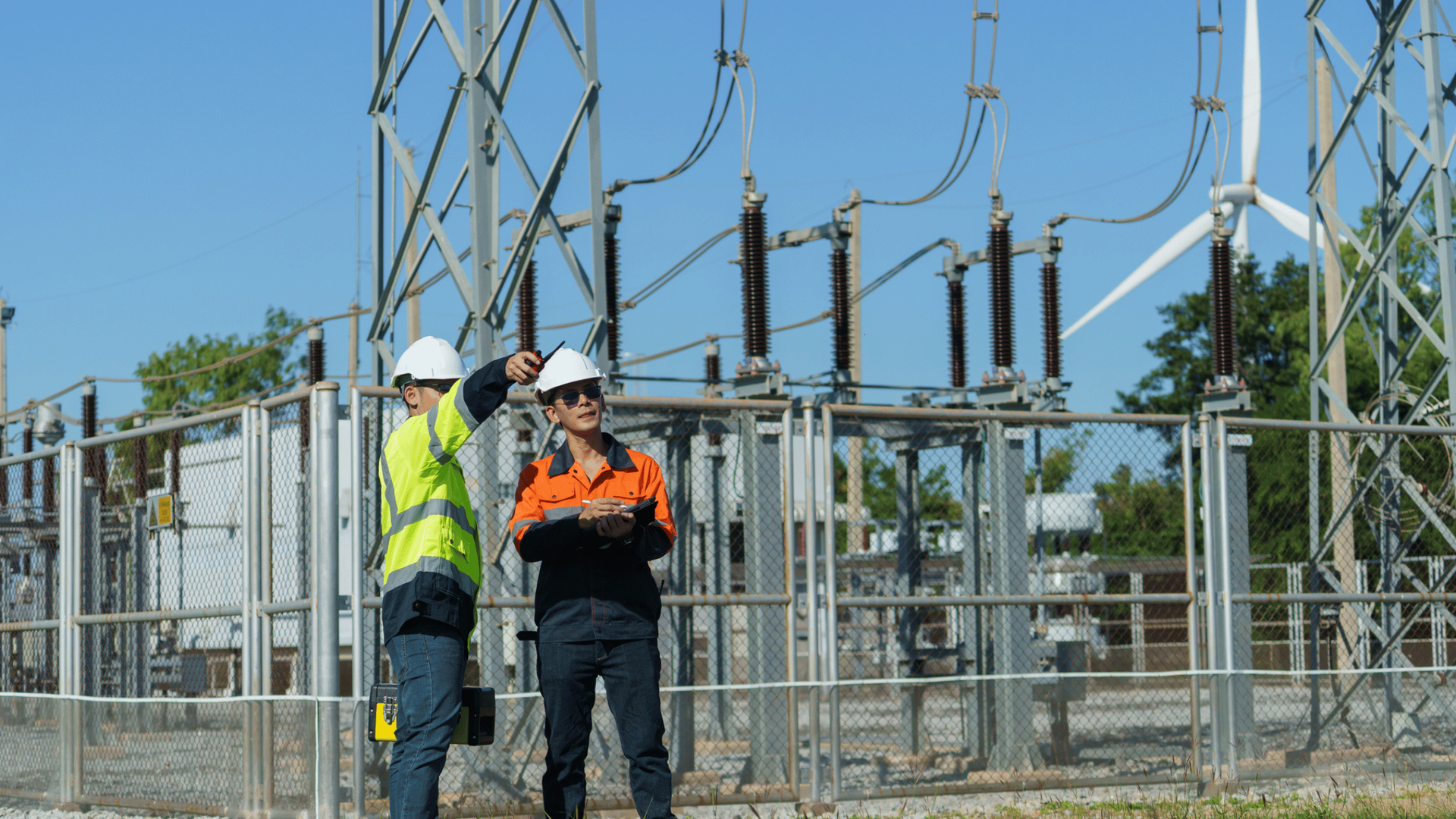
Project-ready substation designs that align with PPA terms, interconnection milestones, and financing requirements.
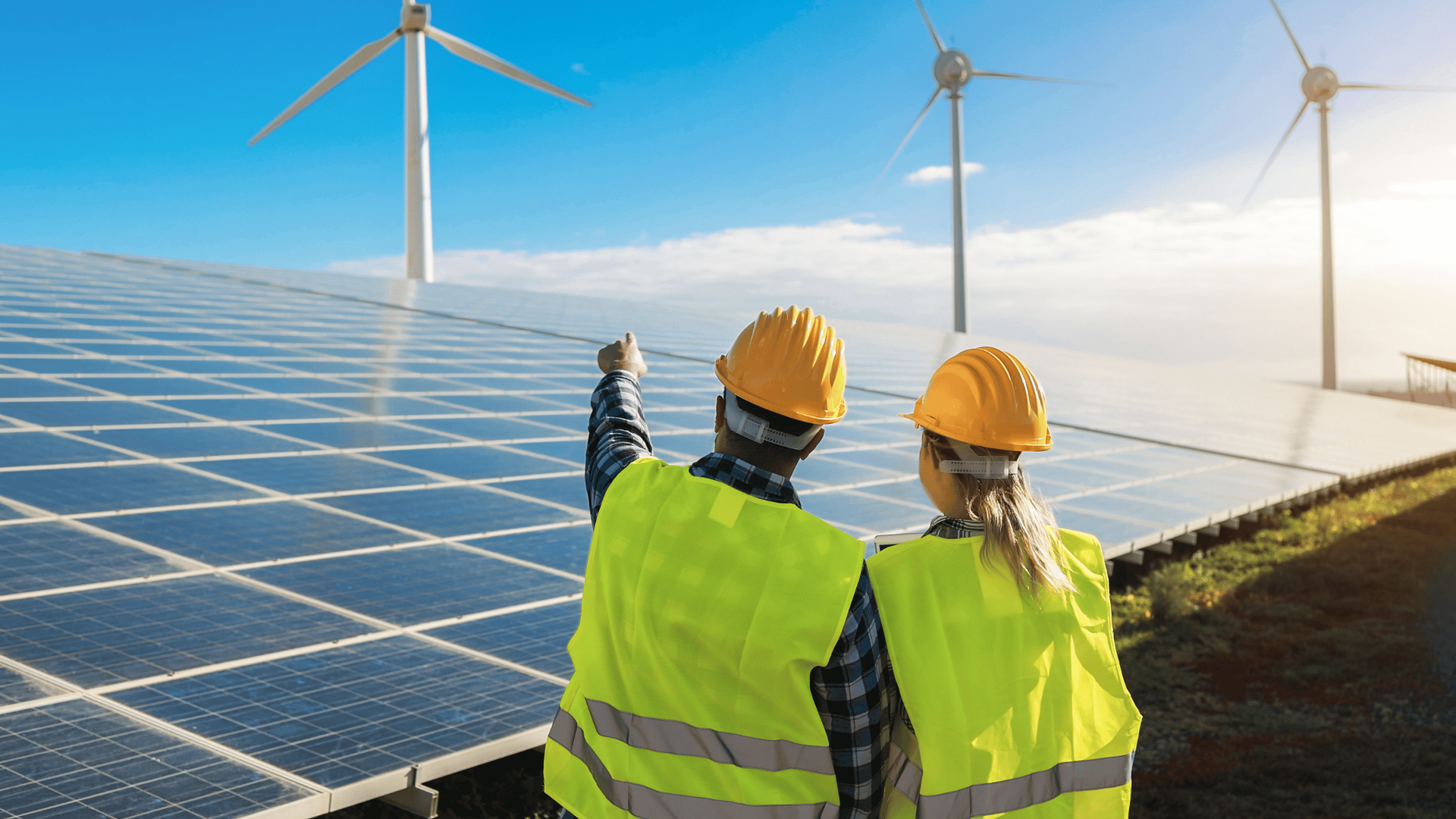
Collector and POI substation designs tailored to inverter-based resources, grid-code compliance, and curtailment risk.
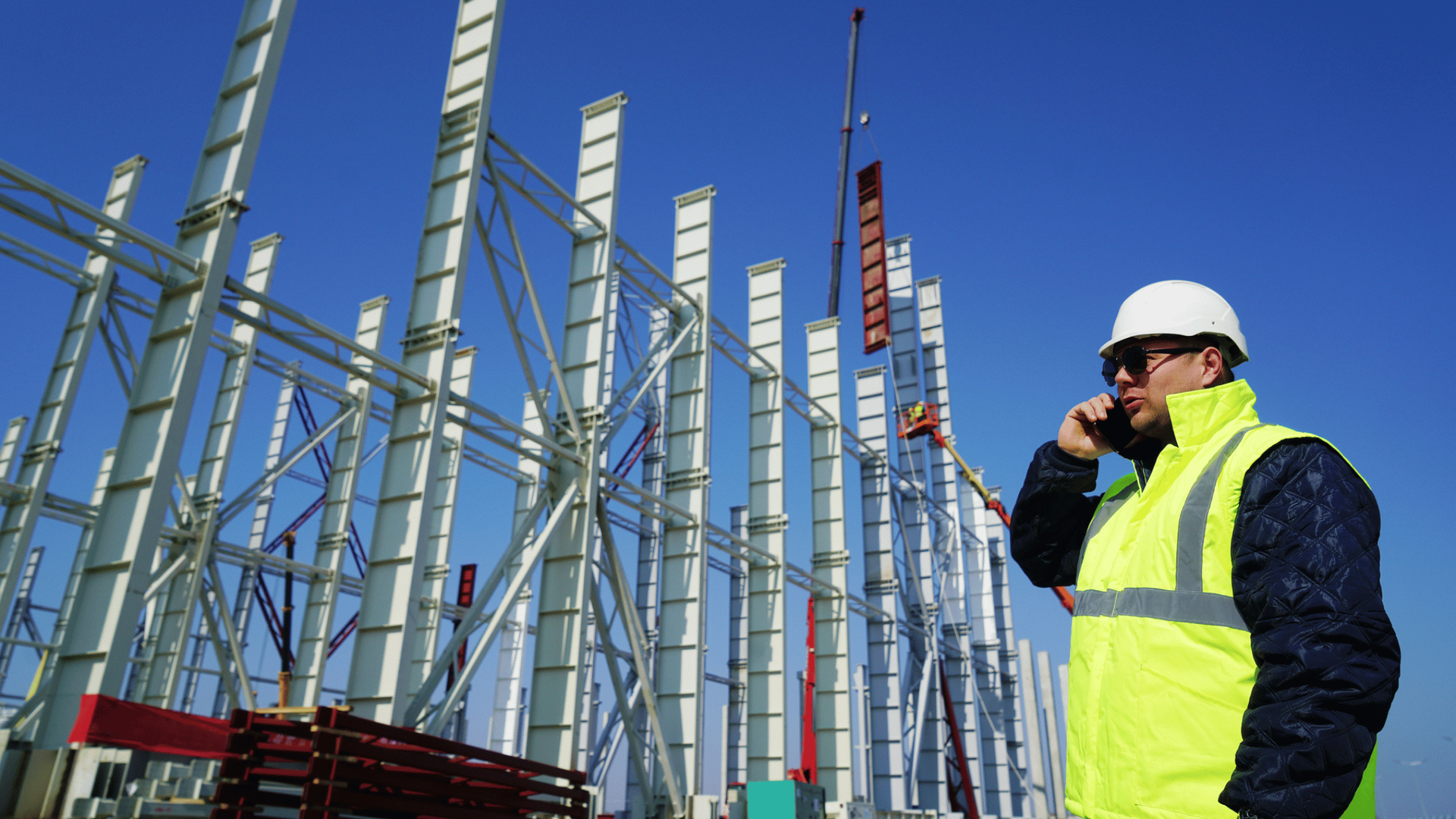
Constructible, clearly scoped engineering packages that reduce change orders and align tightly with EPC schedules.

Dedicated substations for refineries, manufacturing plants, mining, steel, and other energy-intensive operations.
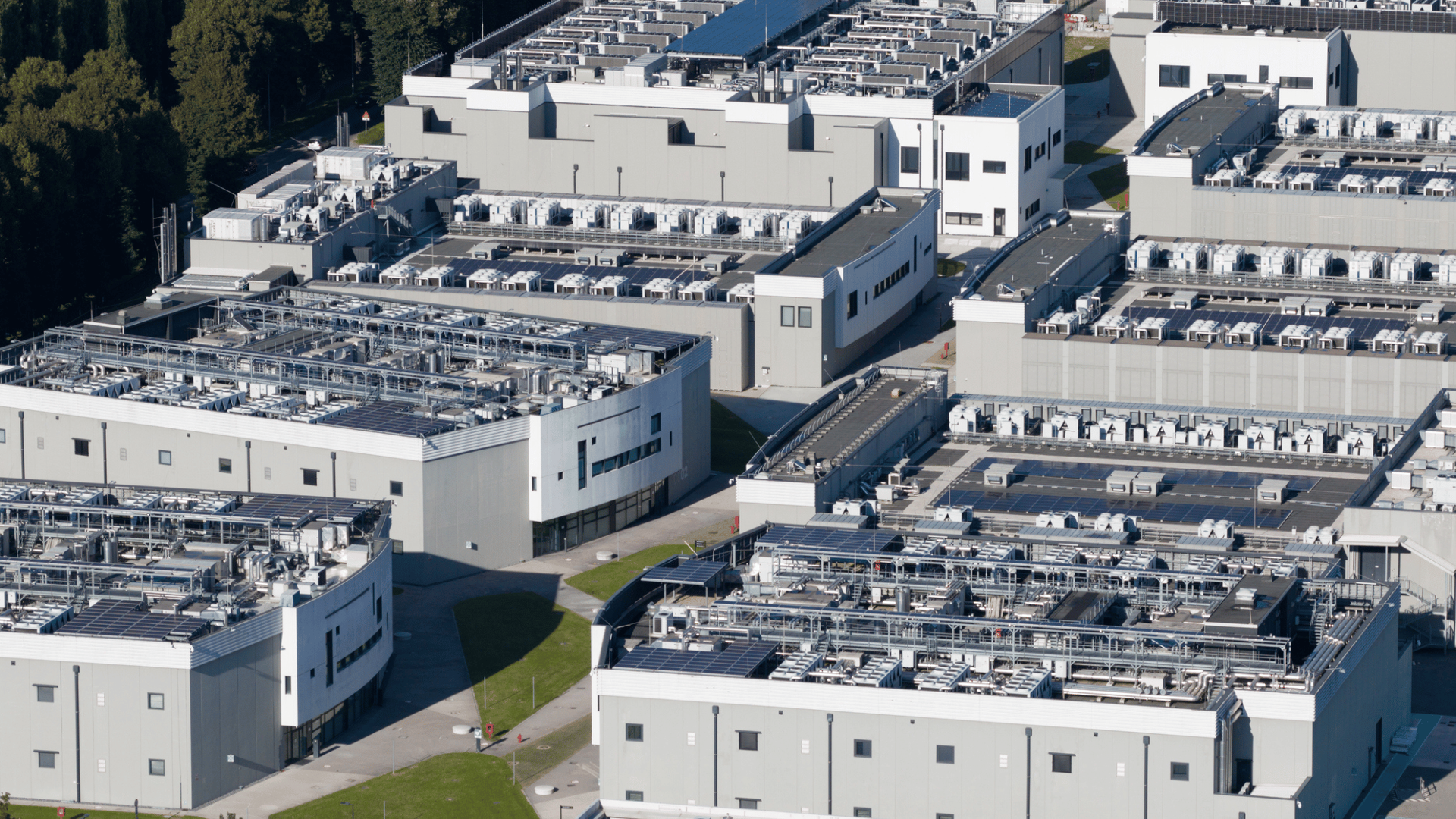
High-availability substation designs for campus-style loads, Tier-certified data centers, and mission-critical facilities.
Real-world substation engineering delivered across rural electrification, smart cities, renewable energy, urban infrastructure, and industrial facilities.
A regional utility required a new 110 kV outdoor grid substation to support rural electrification and improve service reliability for agricultural, oil & gas, and small industrial loads in a remote area of West Texas. The site was characterized by extreme temperatures, high wind exposure, dust storms, and limited access to construction resources.
As part of a smart city modernization initiative, a metropolitan utility needed to upgrade an aging indoor substation supplying critical downtown infrastructure, including transit systems, data centers, and municipal facilities. The upgrade had to be executed with minimal downtime due to the critical nature of the loads.
A dense urban environment required the construction of a new substation within a severely constrained footprint. Traditional air-insulated switchgear (AIS) was not feasible due to space limitations and zoning restrictions.
A renewable energy developer required a new 220 kV POI substation to interconnect a 150 MW utility-scale solar plant with the bulk electric system. The project was subject to stringent ISO, utility, and NERC compliance requirements.
Every project includes a complete and coordinated set of drawings, studies, and documentation engineered to meet utility, NERC, IEEE, and project-specific requirements.
Our substation engineering is fully aligned with national, regional, and utility-specific compliance requirements to ensure smooth approvals, safe operation, and audit-ready documentation.
Designs follow IEEE standards for equipment ratings, grounding, protection, and electrical safety.
Compliance with electrical code and safety standards governing clearances, grounding, and work practices.
Model validation, protection coordination, and facility ratings requirements integrated into every project.
Substation layouts, drawings, and specifications tailored to each utility’s preferred methods and review formats.
Engineering aligned with regional transmission operator requirements across PJM, MISO, CAISO, ERCOT, and more.
GOOSE messaging, substation automation, and digital communication architecture built to IEC standards.
We deliver high-performance renewable substation engineering built for fast-changing inverter technologies, variable generation, and modern grid requirements.
Substation layouts, grounding, power flow, and protection tailored for high-density solar arrays.
Engineered to handle variable wind generation, changing dispatch, and remote collection circuits.
Full-scope substation design for hybrid resources, standalone batteries, and high-speed response systems.
Correct matching of inverter output, transformer MVA, impedance, and protection for reliable performance.
Design aligned with PRC, MOD, and evolving IBR interconnection and grid-support requirements.
Analysis and design that ensure stable power quality on weak and constrained grids.
Fault-level support strategies for weak-grid renewables, including advanced IBR behavior modeling.
Most substation and grid-interconnection projects require a core set of power system studies. The matrix below summarizes why each analysis is performed and where it is typically required.
| Study | Purpose | Required For |
|---|---|---|
| LF
Load Flow
|
Validate system capacity and identify thermal or voltage constraints under different operating scenarios. | Utilities, developers, and large-load customers. |
| SC
Short Circuit
|
Confirm breaker duties, interrupting ratings, and proper protection coordination. | All substations and major equipment additions. |
| AF
Arc-Flash
|
Quantify incident energy, label equipment, and define safe working boundaries. | Personnel safety (OSHA, NFPA 70E, utility safety programs). |
| GR
Grounding
|
Verify touch/step voltages and overall ground grid performance. | IEEE 80 compliance and utility engineering requirements. |
| HM
Harmonics
|
Assess harmonic distortion and flicker from inverter-based resources or nonlinear loads. | Solar, wind, BESS, and other IBR-heavy projects. |
| IC
Insulation Coordination
|
Select BIL levels and surge protection so equipment withstands lightning and switching events. | High-voltage systems and transmission-class substations. |
Project cost and schedule depend on technical scope, utility requirements, and site complexity. Below is a high-level summary of factors that typically influence budgets and timelines.
We support utilities, EPCs, renewable developers, and industrial clients across major North American regions and nearby territories.
Serving utilities, EPCs, developers, and infrastructure organizations supporting critical power systems nationwide.
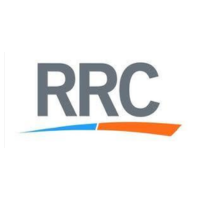
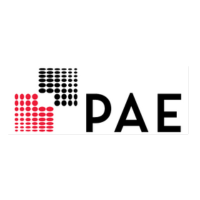


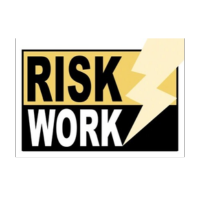
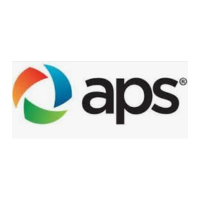
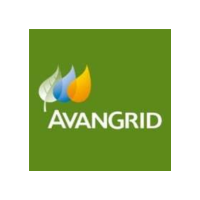
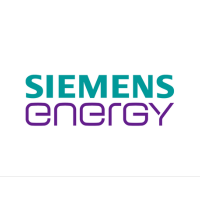

Download our Substation Design Services flyer
Please click the Download button to get our Substation Design Services flyer
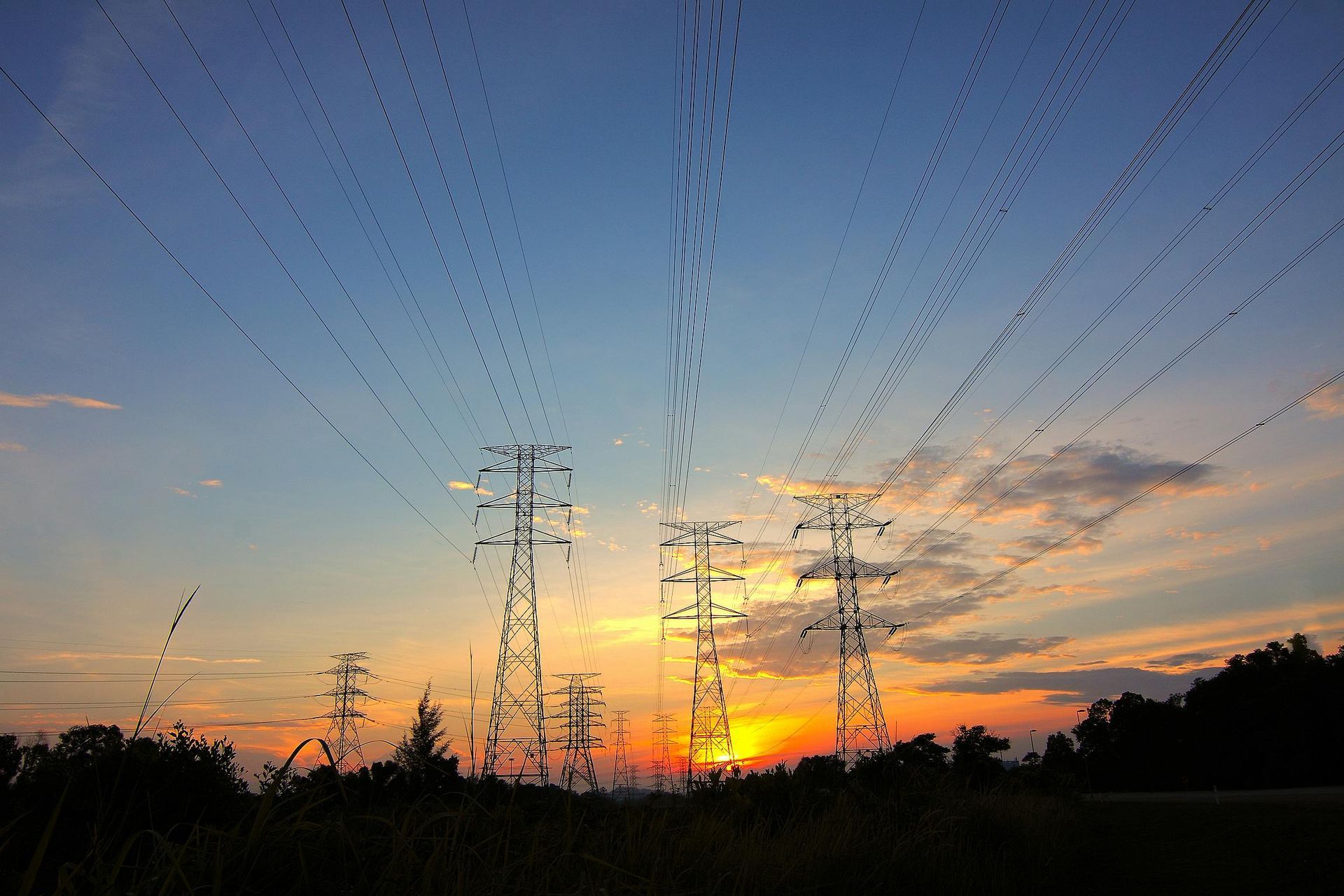
We stay current on the latest utility and smart grid standards. Our engineers design substations that are built for future expansion, automation, and integration with digital relays, smart SCADA, and real-time monitoring systems.
We don’t just meet specs — we shape systems that align with your long-term grid strategy.
For more information or service assistance, call us on 813-389-7871.
A substation is a critical facility in the electrical power system where voltage levels are transformed, power is switched, or distributed to ensure efficient and safe delivery of electricity from generation sources to end-users.
A substation designer works with engineers to create the drawings and documents needed to build or upgrade a substation. They prepare detailed design packages, including layout plans, equipment placement, wiring diagrams, material lists, and cable schedules for transmission or distribution substations.
• Transformers
• Circuit Breakers
• Disconnect Switches
• Busbars
• Protection Relays
• Lightning Arresters
• Control and SCADA systems
Key considerations include site location, voltage levels, fault levels, load capacity, safety, environmental impact, and compliance with standards like IEEE and IEC.
AIS uses air as an insulating medium, requiring more space but is cost-effective. GIS uses gas (e.g., SF6) for insulation, allowing compact designs but at a higher cost.
The layout depends on factors like available space, voltage levels, type of substation, reliability requirements, and operational flexibility. Single-line diagrams are used to plan layouts.
Voltage levels are based on system requirements, load demands, and distance of power transmission. Common levels include 132kV, 230kV, and 500kV.
A robust grounding system ensures personnel safety, equipment protection, and reliable operation. Design includes calculating ground grid resistance and step-and-touch voltage limits.
Short-circuit studies are conducted using software like ETAP or PSSE. Inputs include system impedance, transformer ratings, and network configuration.
P&C involves monitoring and safeguarding substation equipment from faults using relays, circuit breakers, and SCADA systems.
Relay selection is based on fault type, system voltage, current levels, and required protection schemes. Common brands include SEL, GE, and ABB.
SCADA (Supervisory Control and Data Acquisition) enables remote monitoring and control of substation equipment, improving reliability and response times.
Timelines vary based on size and complexity, ranging from 12 to 36 months, including design, procurement, construction, and commissioning phases.
Safety measures include PPE, proper grounding, arc flash studies, and adherence to OSHA or local safety regulations.
Substations are monitored using SCADA and regularly maintained through inspections, testing, and condition-based maintenance programs.
Periodic testing ensures the reliability and longevity of equipment, identifies potential failures, and ensures compliance with standards.
Thermal imaging detects hotspots in equipment like transformers and breakers, preventing failures and unplanned outages.
A digital substation uses IEC 61850-based communication, replacing conventional copper wiring with fiber optics for enhanced reliability and scalability.
Renewable sources are connected via collector systems to step-up transformers and integrated into the grid while managing power variability.
Keentel Engineering serves this exact need—our protection & control engineers handle relay coordination, SCADA/RTU configuration, and control building integration for utility-grade substations.

Serving for more than two decades, we are a name you can trust and count on for your power system and engineering support needs. We can provide innovative solutions to take your business to greater heights.
400 N Ashley Dr STE #2600
Tampa, FL 33602
Copyright 1995-2025 Keentel Engineering All Rights Reserved